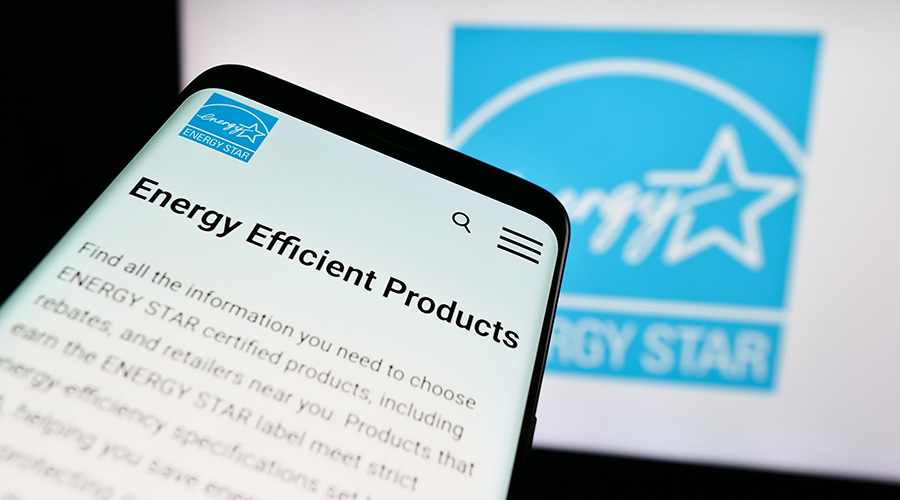Important Painting Project Considerations
Once managers have identified the most appropriate paint or coating, attention turns to the additional products and equipment that planners and painters need to complete the job successfully. The checklist of items paint planners specify for the preparation and application includes:
- a measuring tape to measure surfaces accurately in order to minimize material and waste-disposal costs
- cordless mixers, a true time saver
- pour spouts and tray liners to eliminate unnecessary cleanups
- 5-gallon buckets and screens to remove excess paint from rollers and eliminate roller trays
- plastic drop cloths to cover furniture, as well as less slippery, more porous canvas for floors
- hole-filling compound, tools and materials.
Other essential equipment includes: wall-washing sponges to get rid of dirt, dust and oils; rags and plastic bags for cleanup; sealable plastic bags for light switch plates and fasteners; plastic or foil to cover wet brushes and rollers during breaks; personal protective equipment such as eyewear, gloves, coveralls, caps, and shoes; wet rags for water-based cleanup; and painter's tape.
Comprehensive specifications for brushes improve application quality and save time. Natural bristles are the best option for solvent-based paints because they tolerate thinners better.
When using solvents, painters can use synthetic polyester brushes, which also resist water absorption. The best brushes have split edges so they can hold more paint with less drip. Stainless steel bands that hold the bristles and handle together tend to resist rust. Round brushes tend to work best for applying paints and coatings to railings, irregular trim and piping.
Rollers with synthetic nap work with either solvent- or water-based paint. A 3/8-inch, woven nap is a good choice for smooth walls. A 1/2-inch knitted nap is a good choice for semi-rough textured plaster, and a 1-inch to 1-1/4-inch knitted nap is a good choice for rough stucco. Special rollers adapt to piping shapes to make applications go more quickly.
One notable advance in sprayer technology is the cordless, airless sprayer. With a 1-quart capacity sprayer, the paint container attaches directly to the sprayer, so the user has no tangled hoses to deal with and no roller or brush to refill. The sprayer allows users to apply consistent, one-coat coverage to irregular, horizontal, and vertical surfaces.
When specifying ladders and scaffolds, safety and utility are the key issues. New designs combine better safety-locking features, multi-use, and 300-pound capacity. One unit can provide an A-frame, a 90-degree lock for wall work, a 16-foot extension, and two separate ladders, and it can be paired for scaffolding. Finally, new scaffolds have built-in ladders and railings around a large working platform. For better safety and stability, they feature outriggers with wheels and brakes attached at the bottom of the legs.
Thomas A. Westerkamp is a maintenance and engineering management consultant and president of the work management division of Westerkamp Group LLC.
Paints: Performance Standards
Paints and coatings formulated for applications in institutional and commercial facilities are subject to an ever-changing and increasingly complex set of product specific performance requirements.
ASTM, ANSI, and Green Seal are among the standards organizations that devise ways to ensure paints and coatings meet user demands, and that they comply with the latest regulations. Green Seal has developed a certification checklist that manufacturers submit when applying for product acceptance.
For example, Green Seal uses ASTM D6886 to check the concentration of volatile organic compounds (VOCs). To be certified for this specific characteristic, a flat wall paint must have a VOC concentration of less than 50 grams per liter.
ASTM E84-07 defines a standard test method for surface-burning characteristics. ASTM D4214-98 evaluates the degree of chalking for exterior paint films.
If the Green Seal mark is on the product container, managerscan refer to the applicable standard to match the exact specifications to the needs of the job — a sure way verify the manufacturer's specifications and achieve the desired product performance goals for the specific application.
— Thomas A. Westerkamp
|
Related Topics:














